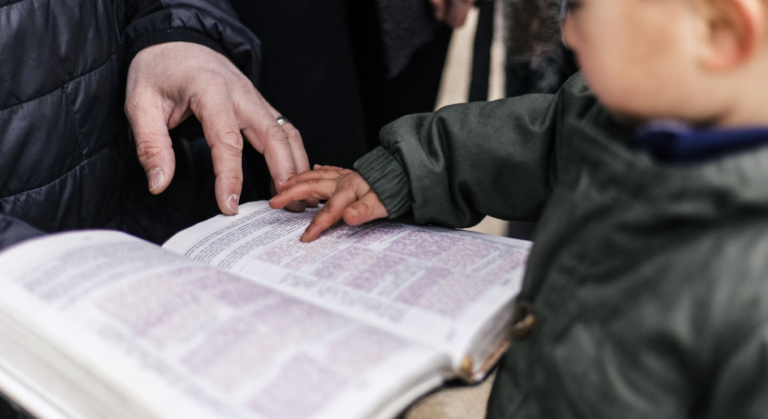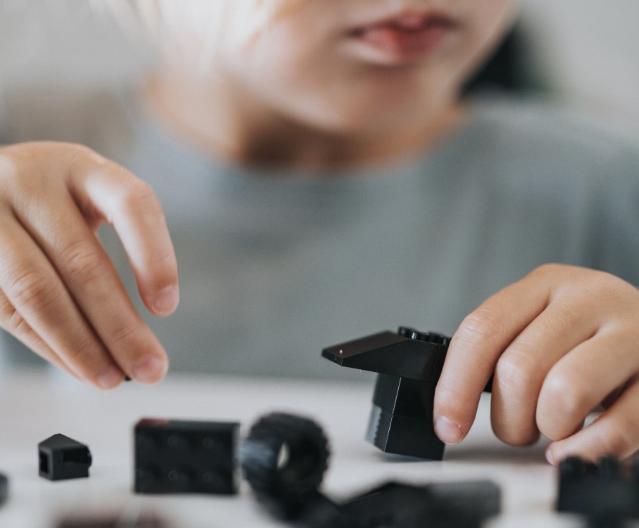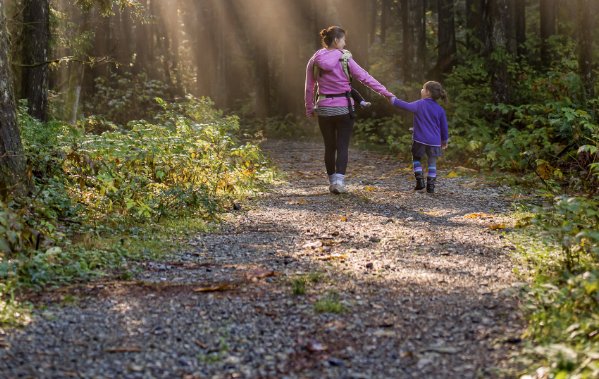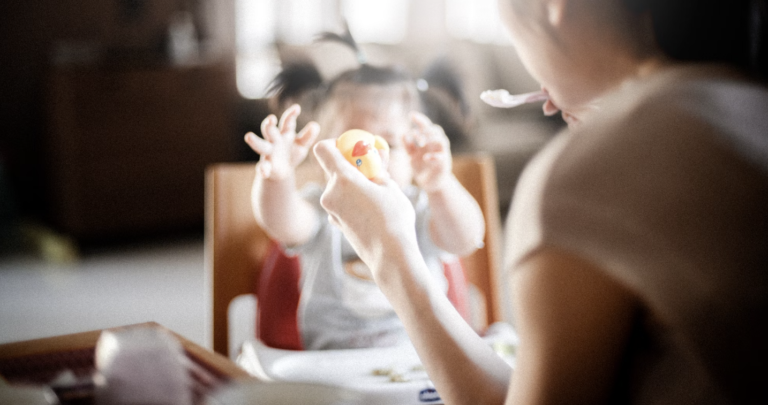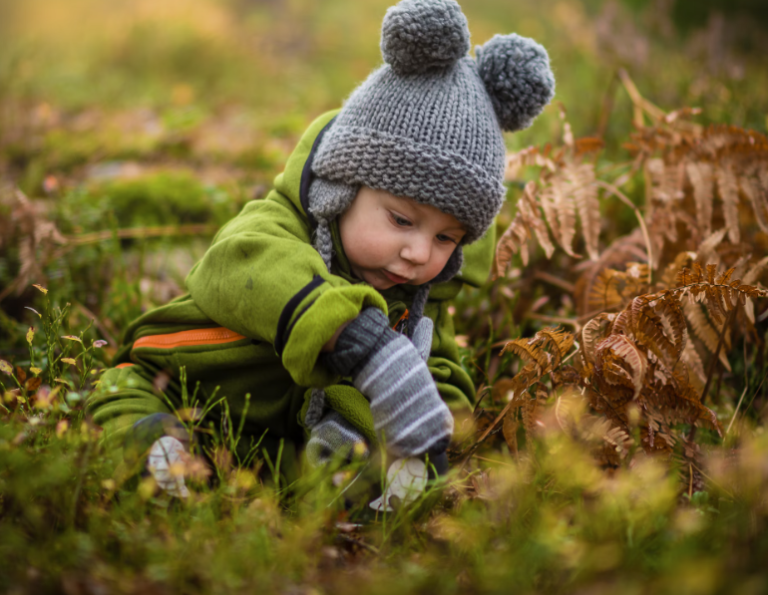Are your kids’ toys taking over your home? It’s time to take control and bring order to the chaos. In this article, we’ll share some simple and effective strategies to help you organize your kids’ toys, making playtime more enjoyable for everyone. From decluttering and categorizing to finding the right storage solutions, we’ve got you covered. Say goodbye to stepping on Legos and hello to a tidy and functional play area. Let’s dive in and discover how to transform the toy chaos into an organized haven for your little ones.
Key Takeaways
- Decluttering is an essential step in organizing kids’ toys, creating more space and a better playtime experience.
- Take inventory of all toys, sort and eliminate unused ones, and set limits on the number of toys to prevent future clutter.
- Implementing a toy rotation system can keep things fresh and exciting, while reducing clutter and making toys feel new again.
- Categorizing toys by type or age group can make it easier for children to find and play with their toys, and can also help with toy rotation.
- Finding the right storage solutions, considering the size of the toys and accessibility for children, is crucial for an organized and clutter-free play area.
- Creating a daily cleanup routine with designated cleanup times, breaking tasks into smaller steps, and leading by example can instill good cleaning habits and responsibility in children.
- Implementing a rotating toy system involves periodically swapping out a portion of toys, keeping some stored away and reducing daily organization and management.
Decluttering: Getting Rid of Unused Toys
Decluttering your kids’ toys is the first step towards creating an organized play area. By getting rid of unused toys, you not only free up valuable space but also create a more enjoyable playtime experience for your children. Here are a few strategies to help you declutter efficiently:
- Take inventory: Start by taking inventory of all the toys your children have. Separate them into categories such as dolls, cars, puzzles, etc. This will give you a clear picture of what you’re working with.
- Sort and eliminate: Go through each category and ask yourself if your child still plays with those toys. If a toy hasn’t been touched in months, it’s probably time to let it go. Consider donating gently used toys to charity or giving them to friends or family.
- Set limits: Establishing a toy limit can help prevent clutter from building up in the future. Decide on a reasonable number of toys for your child to have and stick to it. Encourage them to choose their favorites and prioritize quality over quantity.
- Rotate toys: To keep things fresh and prevent boredom, consider implementing a toy rotation system. Put some toys away and bring out different ones every few weeks. This not only reduces clutter but also makes the toys feel new and exciting again.
- Involve your child: It’s essential to include your child in the decluttering process. Explain the importance of keeping things organized and have them participate in deciding which toys to keep and donate. This teaches them valuable lessons about responsibility and prioritizing.
Remember, decluttering is not about taking away your child’s toys but creating a space that is more conducive to play and creativity. By decluttering and getting rid of unused toys, you are ensuring that your child has a well-organized play area that they’ll love spending time in.
Now that you’ve tackled the decluttering process, it’s time to move on to the next step: categorizing the remaining toys.
Categorizing: Sorting Toys by Type or Age Group
When it comes to organizing your child’s toys, categorizing them based on type or age group can be a game-changer. This method not only helps you keep things in order but also makes it easier for your child to find and play with their toys. Here are a few tips to help you with categorizing toys effectively:
1. Sort toys by type
Start by gathering all the toys and separating them into different categories based on their type. This could include categories such as dolls, cars, building blocks, art supplies, puzzles, and so on. By grouping similar toys together, you create a visual organization system that allows your child to easily locate the toys they want to play with.
2. Consider age-appropriate categories
Another way to categorize toys is by age group. Consider creating separate sections for toys that are suitable for different developmental stages. For example, you can have a section for baby toys, toddler toys, and toys for older children. This not only makes it easier for your child to find toys that are appropriate for their age but also helps you rotate toys as your child grows.
3. Use labels or containers
To enhance your categorization system, consider using labels or containers for each category of toys. This will add an extra layer of organization and make it even easier for your child to locate their toys. You can use clear storage bins or baskets and label them with the corresponding toy category. This way, both you and your child can quickly identify where each toy belongs.
4. Involve your child
Remember, organizing toys is not just your responsibility – involving your child is key. Encourage them to help you sort the toys into categories. This not only teaches them valuable organizational skills but also gives them a sense of ownership over their toys. Plus, they may have their own unique way of categorizing that you might not have thought of!
Categorizing toys by type or age group is a simple yet effective way to keep your child’s play area organized and functional. It makes it easier for both you and your child to find and enjoy their toys without the frustration of searching through clutter. So give it a try and see how this method can transform the way your child plays and engages with their toys.
Callout:
By categorizing toys, you create an organized play area that promotes creativity and encourages independent play.
Finding the Right Storage Solutions
When it comes to organizing your kids’ toys, finding the right storage solutions is key. Not only will it help keep the play area tidy and clutter-free, but it will also make it easier for your child to find and put away their toys. Here are a few tips to help you find the perfect storage solutions for your needs:
- Consider the size of the toys: Take into account the size of your child’s toys when choosing storage containers. For smaller toys like building blocks or dolls, consider using clear bins or baskets with dividers. For larger toys like stuffed animals or train sets, open shelves or toy chests can be a great option.
- Choose storage solutions that are easily accessible: Make sure that the storage solutions you choose are easily accessible to your child. This will encourage independence and make it more likely that they will actually put their toys away when they are done playing. Low shelves, cubbies, or labeled bins can all be great options.
- Use labels and containers: Labels and containers can be a game-changer when it comes to organizing your child’s toys. Use clear, labeled bins or baskets to sort toys by category or type. This not only makes it easier for your child to find what they are looking for, but it also makes clean-up time a breeze.
- Think outside the box: Don’t be afraid to think outside the box when it comes to storage solutions. Utilize wall space by hanging shelves or storage pockets for small toys or art supplies. Repurpose items like shoe organizers or over-the-door organizers to create additional storage options.
Remember, finding the right storage solutions is a process of trial and error. What works for one child or space may not work for another. Don’t be afraid to experiment until you find what works best for your needs. By investing time and effort into finding the perfect storage solutions, you’ll be setting the foundation for an organized and clutter-free play area for your child.
And now, let’s move on to the next part of this article: “Creating a System for Toy Rotation”.
Creating a Daily Cleanup Routine
One of the key factors in maintaining an organized play area is establishing a daily cleanup routine. By incorporating regular cleaning into your child’s daily schedule, you can instill good habits and ensure that their toys are always organized and easily accessible. Here are some steps to help you create a simple and effective cleanup routine:
- Set a designated cleanup time: Determine a specific time of day when you and your child can dedicate a few minutes to tidying up. This can be after playtime, before bedtime, or whenever is most convenient for you. Consistency is key in establishing a routine, so try to stick to the same time each day.
- Break it down into smaller tasks: Rather than tackling the entire play area at once, divide the cleanup process into smaller tasks. Start with one area or category of toys, such as plush toys or building blocks, and gradually work your way through the rest. This approach will make the cleanup process feel less overwhelming and more manageable for your child.
- Lead by example: Children often imitate their parents’ behavior, so it’s important to lead by example when it comes to cleaning up. Show enthusiasm and actively participate in the cleanup routine alongside your child. This will not only make the process more enjoyable but also teach them the importance of taking responsibility for their belongings.
- Use visual cues: Visual cues, such as color-coded bins or labels, can be helpful in guiding your child during cleanup. Assign a specific color or label to each category of toys, and encourage your child to put them back in their designated bins or shelves. This will not only aid in organizing but also develop their sorting and categorization skills.
- Make it fun: Cleaning up doesn’t have to be a chore. Turn it into a fun and engaging activity by incorporating games or music. Challenge your child to see how quickly they can put their toys away or play their favorite songs to make the cleanup process more enjoyable. By making it fun, your child will be more motivated to participate and maintain an organized play area.
By implementing a daily cleanup routine, you’ll not only keep your child’s play area neat and clutter-free but also teach them valuable skills in organization and responsibility. Stay tuned for the next section, where we’ll discuss the importance of toy rotation in maintaining an engaging play experience.
Setting up a Rotating Toy System
One effective strategy for keeping kids engaged with their toys while also maintaining a clutter-free play area is to implement a rotating toy system. This approach involves periodically swapping out a portion of your child’s toys, keeping some stored away while only a select few are available for play at a time. This not only helps to create a sense of novelty and excitement for your child but also reduces the amount of toys that need to be organized and managed on a daily basis.
To set up a rotating toy system, follow these steps:
- Assess and categorize: Begin by taking an inventory of your child’s toys and categorizing them based on their type, theme, or level of interest. This will help you determine how many categories you can create and how to distribute toys among them.
- Select toys for rotation: Now that you have categorized the toys, choose a selection that will be available for play in the current rotation period. Consider your child’s current interests and developmental level while making your selections. Aim to have a variety of toys in each rotation to cater to different types of play and learning experiences.
- Store away the rest: Pack the remaining toys in labeled storage bins or boxes and place them in a designated storage area. Make sure to clearly mark the boxes with the toy categories or themes to make it easy to select toys for future rotations.
- Determine rotation frequency: Decide how often you want to rotate the toys. This can be weekly, monthly, or based on seasons or special occasions. Choose a frequency that works best for you and your child, considering their attention span and the amount of available storage space.
- Rotate the toys: At the designated time, swap the toys that are currently being used with the ones in storage. Make the transition process fun by involving your child in selecting the toys that will be brought out. Encourage them to help with the clean-up and organization of the departing toys as well.
By implementing a rotating toy system, you can provide a fresh and engaging play experience for your child while also keeping their play area organized and clutter-free. Remember to monitor their interests and adjust the toy selection as needed to ensure maximum enjoyment and learning opportunities.
Conclusion
Organizing your children’s toys can be a challenging task, but with the right storage solutions and strategies, it is definitely achievable. By considering the size of the toys and using appropriate storage containers, such as clear bins or baskets with dividers for smaller toys and open shelves or toy chests for larger toys, you can create a clutter-free play area. It is important to make sure that the storage solutions are easily accessible to encourage independence and proper clean-up.
Sorting toys by category or type and utilizing labels and containers can help keep everything organized. Don’t be afraid to think outside the box and utilize wall space or repurpose items for additional storage options. Remember, finding the right storage solutions is a trial-and-error process, so be patient and invest time and effort into organizing.
Establishing a daily cleanup routine is another important aspect of maintaining an organized play area. By setting a designated cleanup time, breaking down the cleanup process into smaller tasks, and making it fun, you can teach your children valuable skills in organization and responsibility.
Finally, implementing a rotating toy system can keep the play experience fresh and engaging while reducing the amount of toys that need to be managed. Assessing and categorizing toys, selecting toys for rotation, and determining rotation frequency are key steps in setting up a successful rotating toy system.
By following these tips and strategies, you can create a well-organized and clutter-free play area that both you and your children will appreciate.
Frequently Asked Questions
Q: How do I choose the right storage solutions for organizing children’s toys?
A: Consider the size of the toys and opt for clear bins or baskets with dividers for smaller toys. Use open shelves or toy chests for larger toys. Make sure the storage solutions are easily accessible to encourage independence and proper clean-up.
Q: How can I categorize and sort toys effectively?
A: Use labels and containers to sort toys by category or type. Utilize wall space or repurpose items for additional storage options. Think outside the box and get creative with organizing solutions.
Q: What are the benefits of creating a daily cleanup routine?
A: Establishing a routine teaches children valuable organization and responsibility skills. It keeps the play area neat and clutter-free, and it can be made fun by using visual cues and setting a designated cleanup time.
Q: How can I maintain an engaging play experience without overwhelming clutter?
A: Implement a rotating toy system by periodically swapping out a portion of the child’s toys. Assess and categorize toys, select toys for rotation, and store away the rest. This keeps the play area organized while providing a fresh and exciting play experience.
Q: What should I keep in mind when choosing storage containers?
A: Consider the size, accessibility, and functionality of the storage containers. Clear bins or baskets with dividers work well for smaller toys, while open shelves or toy chests are suitable for larger toys. Choose containers that match the aesthetic of the play area.
